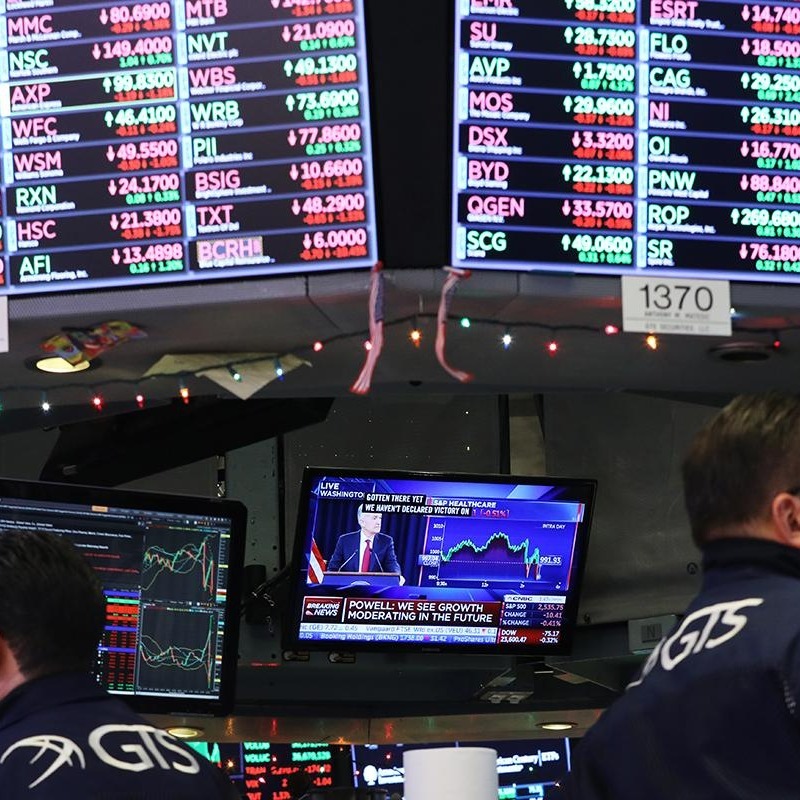
5 Steps to Managing an Inheritance for High-Net-Worth Individuals
You may have spent decades accumulating a high net worth, but when it comes to handling a large inheritance, you may not have all of the answers.

You may have spent decades accumulating a high net worth, but when it comes to handling a large inheritance, you may not have all of the answers.

If you’re concerned about climate change, for example, you can invest in assets that support clean energy businesses. If you’re passionate about equality in the workplace, you can invest in companies with high scores for diversity and inclusion. Committed to your faith? We can help you build a portfolio that aligns with your faith's values and teachings.

This bonus refers to the potential increase in portfolio value that can result from periodically adjusting your investments to maintain your target asset allocation. By buying low and selling high, you can take advantage of market fluctuations, leading to better long-term investment performance

In honor of Father's Day, we're sharing more financial lessons from famous dads! Have you taken any of this advice?

A lower inflation rate generally bodes well for both the economy and consumers. With prices not rising as rapidly, the cost of living becomes more manageable, which is a welcome change for many.

Direct indexing offers investors a unique combination of tax efficiency through automated tax loss harvesting and the ability to create a personalized investment portfolio using social screens.

By considering direct indexing as a potential investment strategy, investors can actively contribute to promoting LGBTQ+ rights and fostering a more inclusive society.

Over a ten-year period, index ETFs outperform something like 95% of investments. And direct indexes outperform index ETFs (on an expected after-tax basis).

Personal Index Portfolios combine the best features of low-cost indexing, active tax management, and the inclusion of your environmental, social, and faith-based views.

Understanding tax management, how it works, and how to implement it into your investment strategy is so important. This post will examine how we use tax management to impact your portfolio.